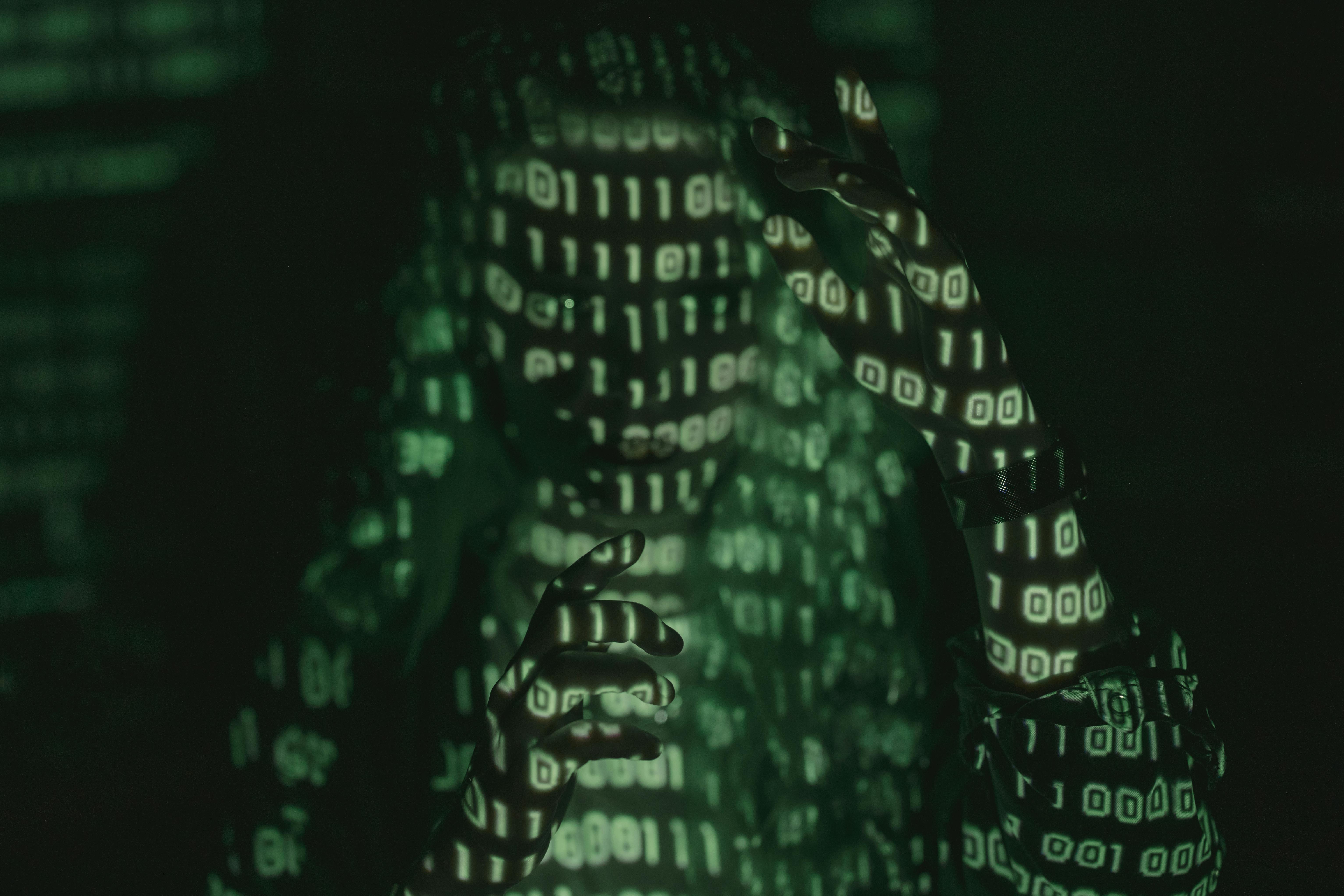Quantum Computing and Its Impact on Cybersecurity in 2025
Published on June 7, 2025 | Nathirsa Blog

Quantum computing is rapidly advancing and poised to revolutionize industries worldwide. However, its immense computational power also presents significant cybersecurity risks that organizations must urgently address. As quantum computers become capable of breaking current encryption standards, the very foundation of digital security is at stake.
The Quantum Threat to Cybersecurity
According to a recent ISACA report, over two-thirds of cybersecurity professionals anticipate that quantum computing will increase or shift cybersecurity risks dramatically over the next decade. The concern centers on quantum computers' ability to break widely used encryption algorithms, threatening everything from online transactions to confidential communications.
Breaking Encryption: Why It Matters
Current cybersecurity relies heavily on encryption methods like RSA and ECC, which depend on the difficulty of certain mathematical problems. Quantum computers, leveraging qubits and quantum algorithms such as Shor’s algorithm, can solve these problems exponentially faster than classical computers, rendering these encryptions obsolete.
This capability enables cybercriminals or nation-states to decrypt sensitive data, steal intellectual property, and compromise critical infrastructure. The risk is compounded by the “harvest now, decrypt later” strategy, where attackers collect encrypted data today, planning to decrypt it once quantum technology matures.

Preparing for a Post-Quantum World
In response, organizations and governments are investing in post-quantum cryptography (PQC) — encryption algorithms designed to resist quantum attacks. The National Institute of Standards and Technology (NIST) has selected several PQC algorithms expected to become standards by 2024.
However, transitioning to quantum-resistant encryption is complex and requires:
- Identifying where sensitive encrypted data resides
- Assessing systems and devices that rely on vulnerable encryption
- Developing a phased plan to implement PQC algorithms
- Continuous monitoring and updating of cryptographic software and firmware
Challenges and Risks Ahead
Despite progress, many organizations remain unprepared. A recent ISACA poll revealed that only 5% of firms have a defined strategy to address quantum cybersecurity risks, while 62% fear quantum computing could break current encryption standards.
Moreover, vulnerabilities have been found even in some NIST-selected algorithms, underscoring the need for ongoing research and vigilance.
Quantum Computing’s Dual Role
While quantum computing threatens current cybersecurity, it also offers opportunities to enhance security. Quantum Random Number Generators (QRNGs) and Quantum Key Distribution (QKD) provide novel methods for secure communication and encryption that harness quantum mechanics principles.
Experts emphasize the importance of balancing innovation with caution, as the quantum era demands continuous adaptation in cybersecurity strategies.
Recommended Video: Quantum Computing and Cybersecurity Explained
Conclusion
Quantum computing is both a revolutionary technology and a significant cybersecurity challenge. Organizations must act now to assess their vulnerabilities, adopt post-quantum cryptography, and prepare for the shifting threat landscape. Proactive planning and education will be key to safeguarding digital assets in the quantum era.
Stay updated on cybersecurity innovations and threats with Nathirsa Blog.


No comments:
Post a Comment